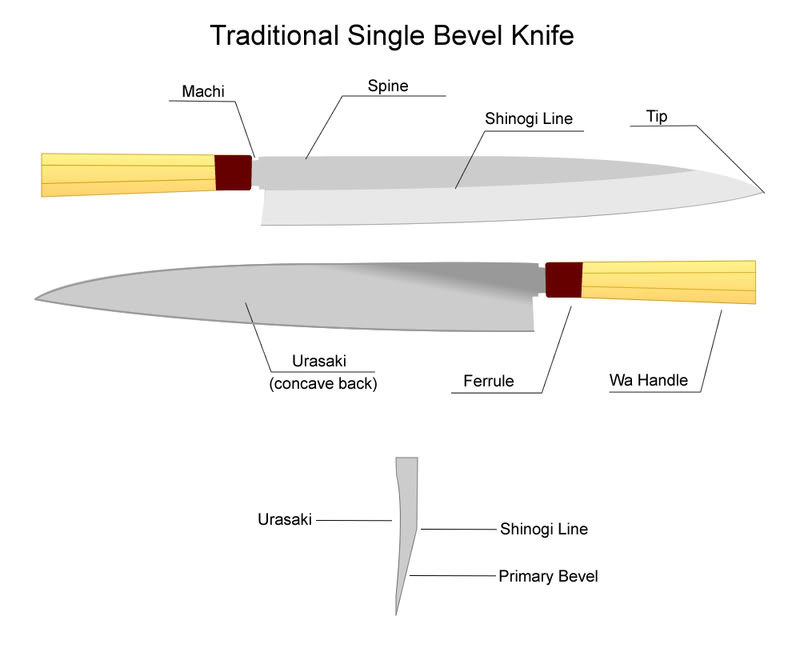Thanks Rob. I will stick the the ceramic for now and once I get serious will look into the glass.
Rob I have two more questions for you (or anyone else who can answer).
1. It is my understanding that Japanese knives are only sharpened on one side. Is this correct? Does this mean you would just sharpen on side and never flip the knife over? Sharpen, get the burr, remove the burr, all from one side?
2. When people talk about Japanese knives being left or right handed I am assuming that means that is it only sharpened on one side (as mentioned above). For a right handed knife, which side is sharpened? If you are holding the knife in your right hand would it be the edge furthest away from you or the edge closest to you? I am thinking it is the edge further away, but I am not sure.

